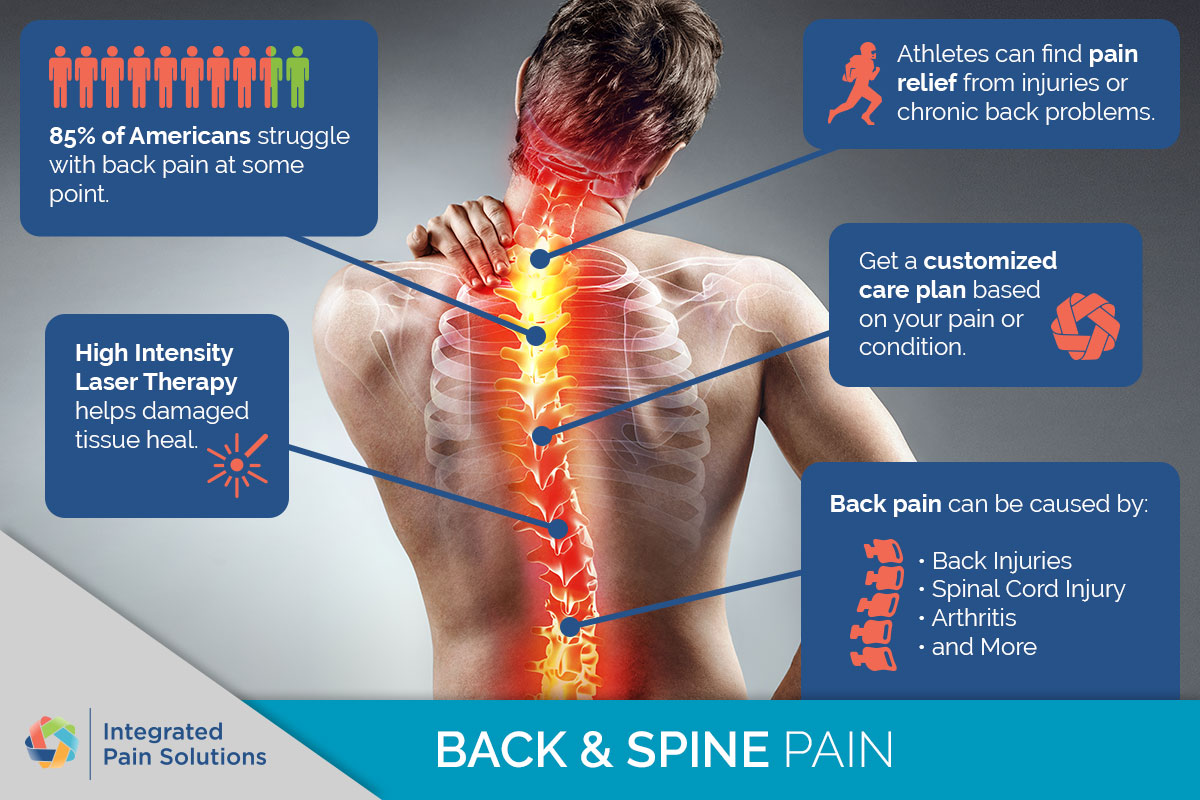Chronic pain influences millions of people worldwide, influencing their life quality and daily activities. As awareness of pain management grows, so does the range of new treatments available to those seeking relief. Comprehending what chronic pain entails and the options available can empower patients to handle their pain and boost their overall well-being.
In this thorough guide, we will discuss the various types of pain, the distinctions between acute and chronic conditions, and the different strategies employed in pain management. From advanced treatments to complementary approaches, there are countless ways to address pain. Whether it be through physiotherapy, medication, or complementary treatments, patients have more tools at their disposal than ever before. Let’s embark on a path to reveal how these groundbreaking therapies can lead to a more rewarding life, void of the limitations of pain.
Understanding Discomfort and Its Types
Discomfort is a multifaceted and subjective experience that serves as a critical signal of an underlying issue in the body. It is not merely a bodily sensation; it is also affected by emotional, mental, and social factors. Comprehending pain means acknowledging its dual nature: it can be sharp, arising suddenly due to harm or illness, or chronic, persisting over time and often based in ongoing conditions. This distinction is vital for determining appropriate therapy options and developing effective discomfort management strategies.
Sharp discomfort is typically intense and severe, acting as a warning signal for injury or disease. It usually has a specific cause, such as an operation, an injury, or an contagion, and lasts for a brief duration. Chronic pain, on the other hand, can last for months or years and may not have an clear-cut cause. Conditions such as arthritis, fibromyalgia, and neuropathy are examples of long-term pain disorders that can greatly affect a person's quality of life. Identifying the type of discomfort a patient is experiencing is important for developing a personalized treatment plan.
Understanding the different types of discomfort also entails looking at their expressions. Some individuals feel discomfort as a mild ache, while others may characterize it as pulsating, burning, or shooting. This variability can affect how discomfort is perceived and treated. By categorizing discomfort accurately, healthcare providers can tailor interventions ranging from medication to physical therapy, ensuring that patients get the most efficient care feasible for their individual situations.

Efficient Discomfort Management Techniques
Managing pain efficiently demands a comprehensive approach that considers both the physiological and mental aspects of pain. One crucial strategy is integrating various therapeutic techniques customized to the individual’s personal needs. This can encompass physical therapy, which concentrates on building muscles, improving mobility, and increasing overall function. Engaging in routine exercise not only relieves pain but also lifts mood, contributing to a better quality of life. Additionally, considering alternative treatments such as acupuncture and massage therapy can offer considerable relief for many individuals.
Furthermore, comprehending the role of medication in pain management is essential. While standard painkillers can be useful, there are a variety of less risky alternatives available, including alternative medications and natural remedies like CBD and medical marijuana. These options can help control pain while reducing the risk of dependency and side effects. Working with healthcare professionals to create a pain management plan that incorporates both medication and non-pharmacological approaches is vital for achieving best results.
In conclusion, tackling lifestyle factors plays an important role in pain management. Implementing an health-conscious diet, practicing mindfulness and meditation, and confirming adequate sleep can contribute to pain reduction and improve overall wellness. Stress management techniques, such as yoga and relaxation exercises, are also beneficial, as they help lower stress levels that can intensify pain. By embracing a holistic approach that combines these strategies, individuals can strengthen themselves in their pursuit to handle pain successfully.
Holistic Approaches to Pain Relief
Comprehensive approaches to pain relief concentrate on addressing the whole person rather than just the symptoms of pain. These methods combine a variety of therapies that consider physical, emotional, and mental well-being. Techniques such as meditation for mindfulness, yoga, and breathing exercises allow patients to manage their pain by nurturing a deeper connection between the mind and body. This holistic mindset encourages individuals to explore their pain triggers and responses, helping them develop personalized strategies for relief that include both physical and psychological elements.
In addition to mindfulness techniques, nutrition plays a crucial role in holistic pain management. An anti-inflammatory diet abundant in fruits, vegetables, whole grains, and healthy fats can help reduce pain levels and improve overall health. Food choices not only impact inflammation but also influence mood and energy levels. Informing patients about the connections between diet, inflammation, and pain enables them to make informed choices, ultimately enhancing their quality of life and reducing reliance on medications.
Lastly, supportive therapies such as acupuncture and massage therapy provide patients with extra tools to manage pain. find out here stimulates specific points in the body to promote natural healing and pain relief, while massage therapy helps reduce muscle tension and improve circulation. Both practices focus on maintaining balance and alleviating discomfort, paving the way for a more comprehensive pain management plan. By integrating these holistic approaches, patients can gain a multifaceted strategy that encourages resilience and promotes long-term wellness.
